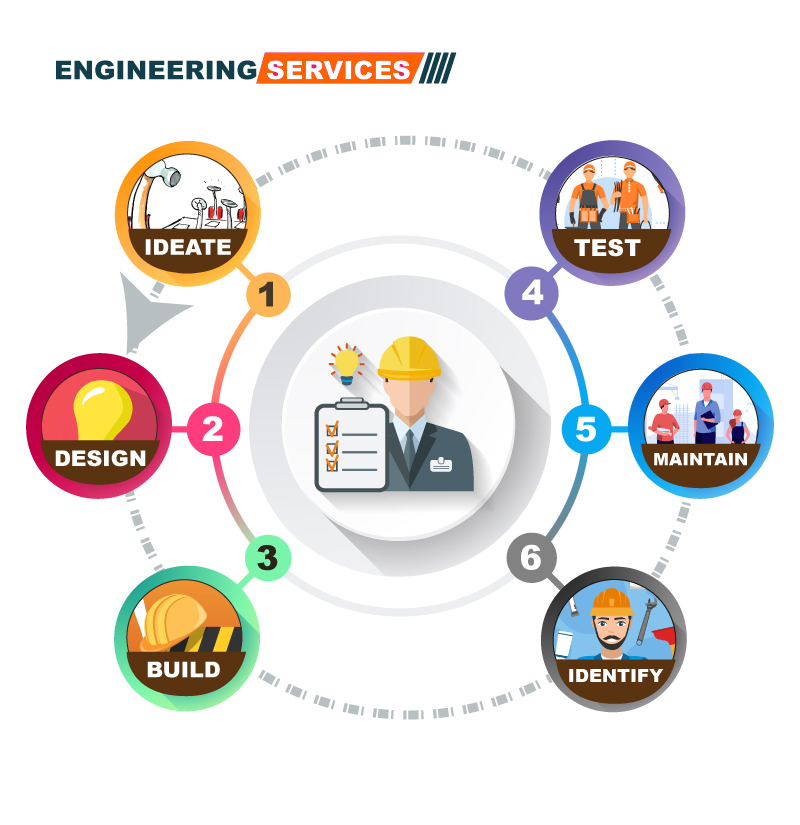Optimizing Land Usage Planning With Comprehensive Evaluating Solutions
In the realm of land use planning, the assimilation of comprehensive evaluating services stands as a crucial instrument in fostering notified lasting and decision-making development techniques. By utilizing sophisticated modern technologies customized for precise data collection and analysis, specialists in the area can navigate complexities in site identification, resource allowance, and ecological considerations with enhanced accuracy and effectiveness (setting out engineer services). The optimization of land use preparing with checking options is not without its obstacles, triggering the exploration of innovative techniques to enhance procedures and essence useful insights for strategic advancement initiatives. As we delve deeper right into the complex web of variables influencing land utilization, the significance of thorough checking services emerges as a keystone in forming the landscapes of tomorrow.
Value of Comprehensive Surveying Solutions

Comprehensive evaluating services make it possible for planners to examine the suitability of land for different objectives, identify possible risks or restrictions, and layout sustainable advancement approaches - construction surveys. By incorporating specific survey data right into land usage plans, authorities can make sure reliable use resources, lessen environmental influence, and promote long-term economic development
In addition, extensive checking services promote stakeholder engagement and cooperation by imagining suggested land use adjustments and allowing for responses before application. This aggressive method improves transparency, cultivates neighborhood count on, and inevitably causes much more effective land usage preparation end results. Essentially, the importance of detailed checking services can not be overstated in the world of efficient land usage planning.
Advanced Technologies for Land Use Preparation
Using advanced innovations boosts the accuracy and efficiency of land usage planning processes. Advanced technologies such as Geographic Info Systems (GIS), LiDAR (Light Discovery and Ranging), and remote noticing play a vital function in modern land usage planning. Engineering surveys. GIS allows coordinators to assess spatial data, identify patterns, and make educated decisions regarding land advancement. LiDAR technology gives highly accurate altitude data, helping in surface modeling and flooding risk evaluation. Remote sensing, through satellites and drones, uses thorough imagery for keeping track of land modifications and assessing environmental impacts.
Furthermore, Building Details Modeling (BIM) allows planners to produce 3D designs of frameworks and facilities, helping with far better visualization and preparation of land use projects. Incorporating these innovative technologies into land usage planning processes can lead to more sustainable and reliable metropolitan growth.
Conquering Obstacles in Website Recognition

In addition, contrasting interests among stakeholders, such as programmers, environmentalists, and neighborhood communities, can make complex the site recognition process. To navigate this obstacle, coordinators must promote open my link interaction, partnership, and settlement to reach consensus on the most effective land usage methods that align with the needs of all events entailed.
Moreover, regulative difficulties, zoning limitations, and land utilize plans can additionally hinder the site identification procedure. Coordinators require to stay updated on appropriate laws, engage with regional authorities, and conduct comprehensive research to determine sites that meet all legal needs and conformity requirements. By proactively resolving these obstacles, land usage coordinators can improve the website identification procedure and lead the way for efficient land usage preparation campaigns.
Optimizing Performance Through Surveying Techniques
Browsing the intricacies of site recognition processes effectively lays a structure for taking full advantage of efficiency via calculated evaluating methods browse around this site in land usage preparation. By using sophisticated checking devices such as drones, GIS technology, and 3D laser scanning, land use planners can enhance the information collection process, bring about more accurate website analyses and streamlined decision-making. These strategies make it possible for coordinators to collect precise topographic info, recognize environmental restrictions, and evaluate land suitability with greater speed and accuracy than typical approaches.
Additionally, integrating evaluating techniques with Geographic Info Solution (GIS) permits for the reliable analysis and visualization of spatial information, see here now aiding in the recognition of optimal land use circumstances. By leveraging these devices, organizers can maximize land usage preparing procedures, decrease project timelines, and minimize total prices. In addition, utilizing real-time surveying data enables stakeholders to make informed choices quickly, helping with efficient interaction and partnership throughout the preparation and advancement phases. On the whole, the tactical use checking strategies boosts performance, precision, and partnership in land usage planning initiatives.
Decision-Making Insights for Advancement
For reliable development, obtaining valuable understandings for decision-making is imperative in the realm of land usage preparation. Decision-making understandings play a vital role fit the future of city and rural areas, making certain sustainable growth and reliable source allotment. Comprehensive evaluating solutions offer organizers and programmers with the required information to make educated choices that straighten with the long-term goals of a neighborhood.
By leveraging innovative evaluating techniques such as aerial surveys, GIS mapping, and 3D modeling, stakeholders can visualize the prospective effect of growth tasks and assess various scenarios before application. These understandings allow decision-makers to enhance land usage, decrease ecological threats, and enhance overall project feasibility.
Furthermore, data-driven decision-making supported by checking options assists enhance the preparation process, minimize unpredictabilities, and boost stakeholder confidence. By incorporating accurate survey data right into the decision-making process, designers can recognize chances, reduce obstacles, and inevitably develop lasting land usage prepares that benefit both present and future generations. Finally, decision-making understandings originated from thorough checking solutions are important for driving impactful and successful development campaigns.
Final Thought
In final thought, maximizing land usage planning with thorough checking solutions is vital for effective and reliable advancement. By utilizing sophisticated technologies and checking techniques, difficulties in website recognition can be gotten rid of, leading to much better decision-making insights. This technique takes full advantage of efficiency and makes sure that land sources are utilized in a tactical and lasting manner. It is vital for effective land use planning and growth jobs.
In the world of land usage preparation, the assimilation of extensive checking solutions stands as an essential tool in cultivating educated decision-making and sustainable development methods. In essence, the value of thorough surveying options can not be overemphasized in the world of reliable land usage preparation.
By proactively attending to these obstacles, land usage organizers can simplify the site identification process and pave the way for effective land use planning initiatives.
Overall, the strategic usage of checking methods improves effectiveness, accuracy, and collaboration in land use preparation campaigns.
In verdict, enhancing land use planning with detailed evaluating remedies is essential for reliable and effective advancement.
Comments on “Make Best Use Of Efficiency and Accuracy: Engineering Support for Setting Out, Gauged Structure Surveying, and Topographical Surveys”